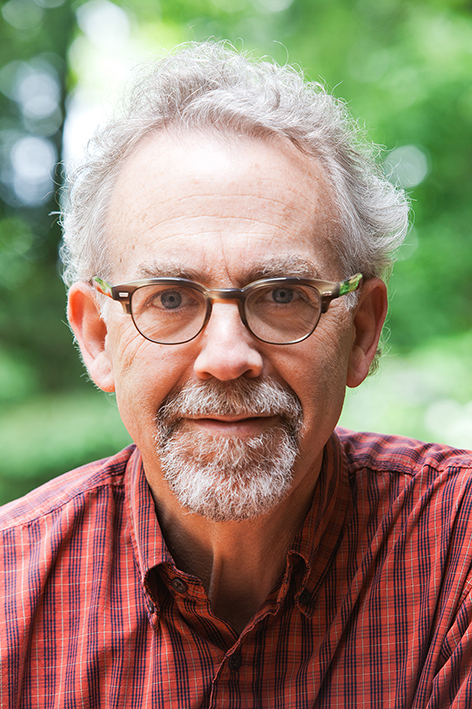By Amanda Lehnerd
Steven Rubin worked for more than 20 years as a freelance photojournalist and documentary photographer. His work assignments sent him to Iraq, Rwanda, Kosovo, Pakistan, Thailand, Chile, Cuba, throughout Central America and the U. S. His photographs have been published in many national and international magazines and papers, such as The New York Times and National Geographic. He obtained his Masters of Fine Arts in Visual Arts from the University of California and is a recipient of many awards, some including the Fulbright-Nehru Scholar and the Leica Medal of Excellence. Along with being a photojournalist, Rubin is an associate professor of art at Penn State University, where he teaches photography.
Q1: How did you decide to become a photojournalist?
From an early age I knew that I wanted to be a photographer. I didn’t know what that meant, I didn’t know what kind of photography I was going to do, but I knew I loved the experience of it. It was an extraordinary experience to take photographs. I was photographing all through high school and even before. Instead of going off to college to study photography, I decided to go into a broader liberal arts based field. I majored in sociology and anthropology. I spent those four years learning many things, yet still having a sense of unhappiness, because I was not photographing. I did decide to take a year off college to travel to different parts of the world. I spent that time photographing, and that reaffirmed my interest in photography. What I did study in college places a strong interest on people, social issues, politics and everyday life of “real people.” It was something I learned a great deal about and found that it correlates nicely with my interest in photography.
Q2: How did you get your start in the photojournalism field?
Soon after college, I started doing longer-term documentary projects, and that set the base. I didn’t really know what it meant to be a photographer in a professional sense, but I knew what photography meant to me. It meant you would take pictures, and you would work really hard at taking pictures. All I really wanted to do was to make good photographs. This all lead to the process of me starting to work for publications and photo agencies.
Q3: What is your main focus in your photography, and what are you currently working on?
Overall, I really see myself as someone who is interested in the human condition, social issues and political issues. In the past, people have been very much in the forefront of my interests and concerns and my photographs. I have photographed different economic groups, cultures, issues and countries. In the last handful of years, I have been doing work that is more closely identified with landscape work. I have been working on a couple different projects. One is about fracking in Pennsylvania and the Marcellus Shale. I have been photographing people and I have also been photographing the land and landscape and the impact on the landscape. Normally, I would say that the environment or land falls into the background of my photographs with the focus on people. Now with my current projects, the background has become more of the foreground, because some of the work has to do with the land and the landscape. I am also working on a project about wind, wind energy and power, so I have been photographing and doing some landscape work for that as well.
